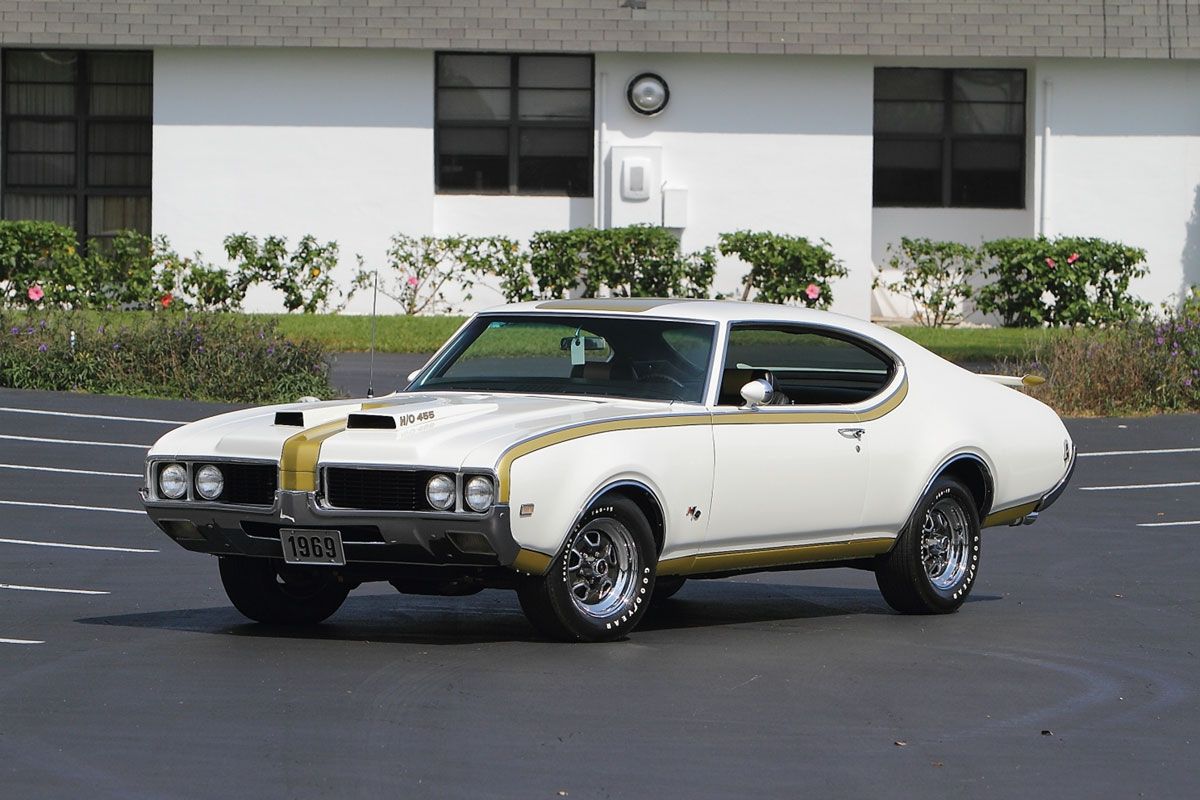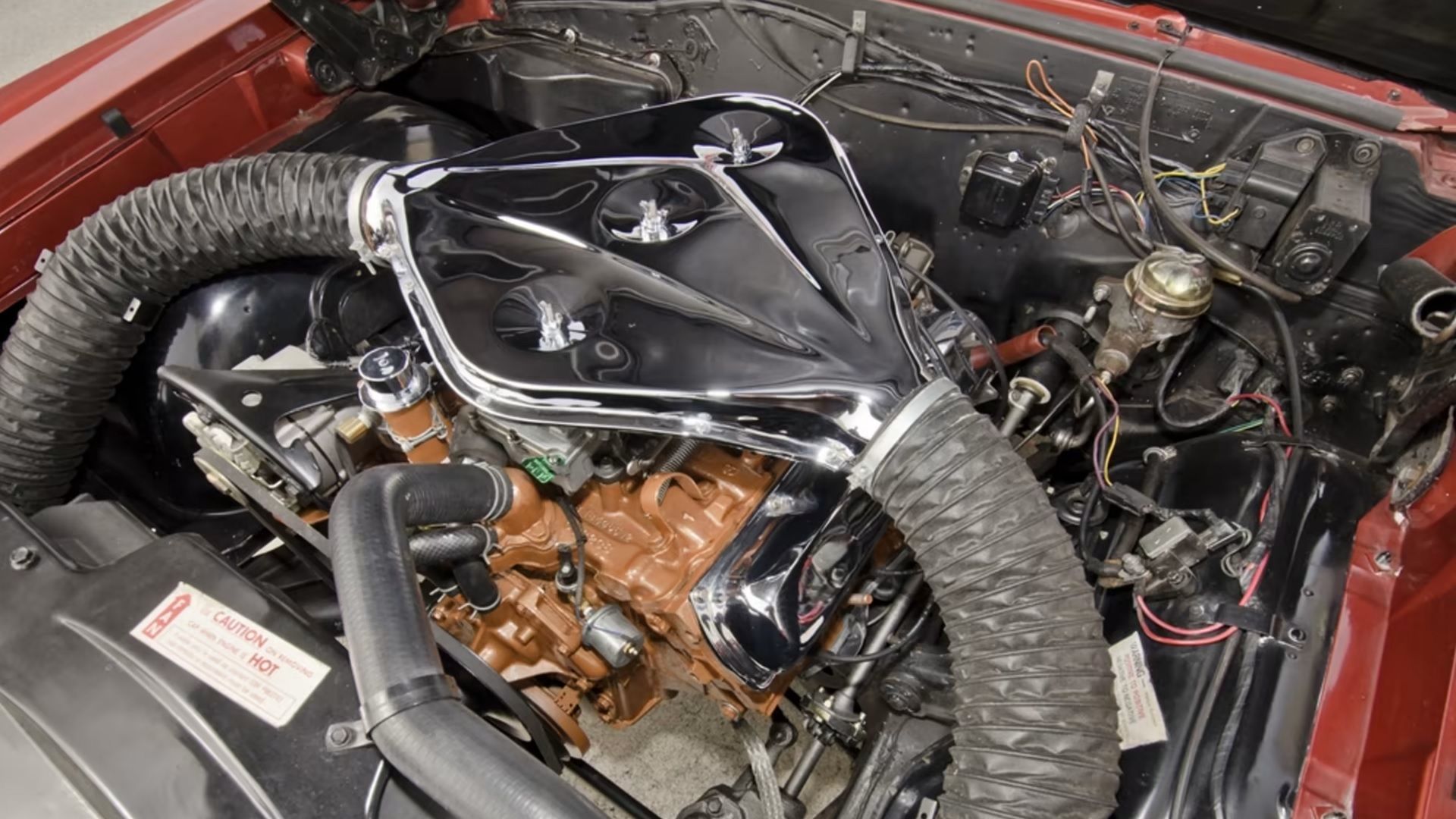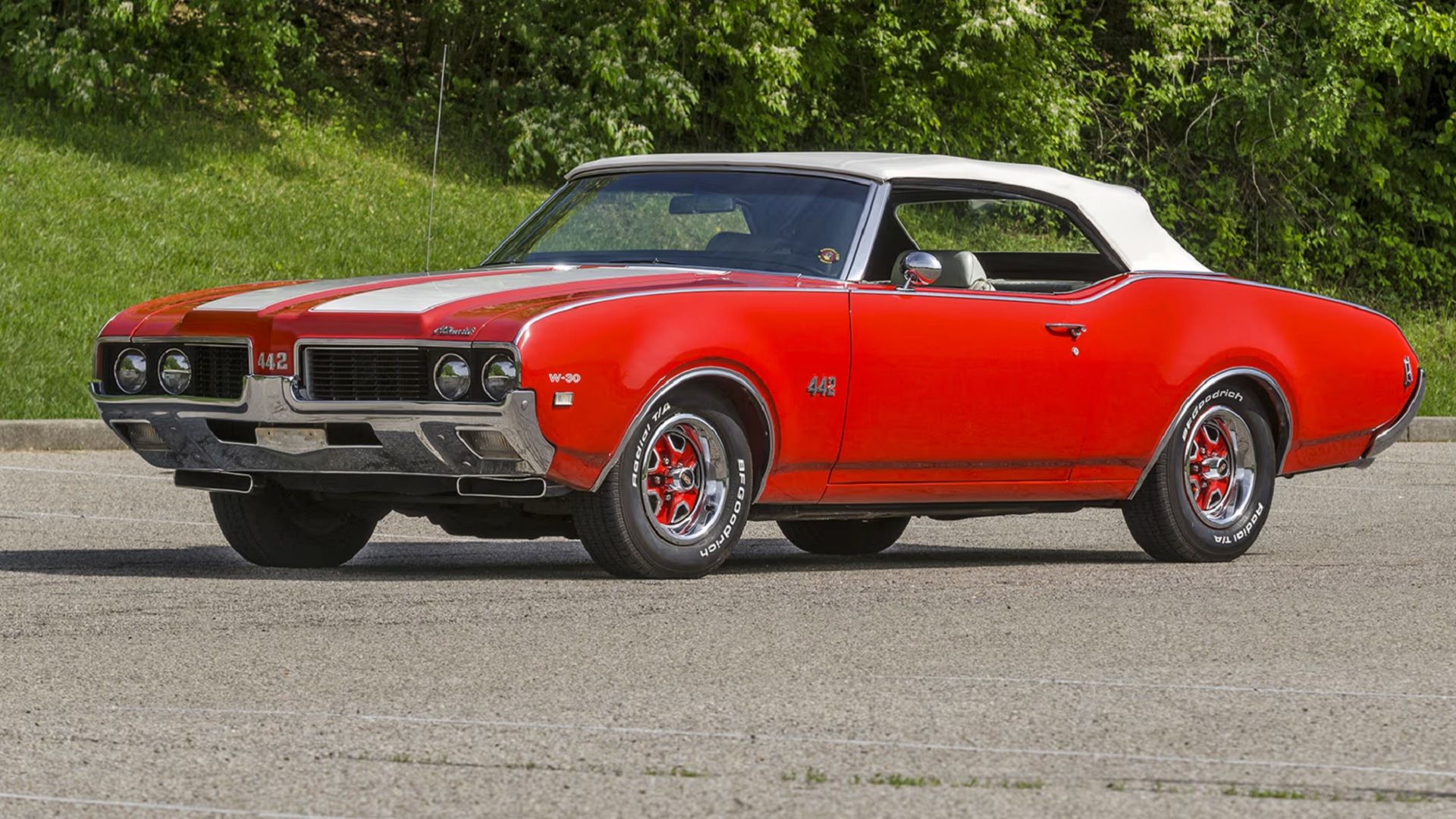Key Takeaways
- Oldsmobile’s 1966 442 W-30 Track Pack is one of the rarest muscle cars ever built, with only 93 produced.
- The W-30 Track Pack was more than just a branding exercise, offering a bespoke setup and performance enhancements.
- The 1969 W-30 Convertible version of the 442 offered a street-friendly design with luxurious interior features.
Oldsmobile tended to be more of a left-field choice when it came to choosing a muscle car during the 1960s, the brand normally geared more towards the mid-range and luxury portion of the market, while the likes of Chevrolet and Pontiac focused on the muscle market. Despite this, Oldsmobile dic churn out a few muscle cars during the 1960s and ’70s, with their Cutlass-based 442 standing as one of the most revered muscle cars of its time.
HotCars decided to take a look through Olds’ archives to find their rarest muscle car ever built, with the winner being a very special version of the iconic 442. Stats and specs have been sourced primarily from Mecum Auctions and Hemmings.
Related
The First Ever 1969 Hurst/Olds 442 Is The Gentleman’s Muscle Car
Dream Giveaways, the charity raffle organization, is raffling off the very first 1969 Hurst/Olds ever produced.
Oldsmobile Made Just 93 Examples Of 1966 442 W-30 Track Pack
1966 Olds 442 W-30 Track Pack
|
Engine |
400 ci V8 |
|
Power |
380-390 hp |
|
Torque |
440 lb-ft |
|
Number Produced |
93 |
(Specs courtesy of Hemmings)
Like many American manufacturers during the 1960s, Oldsmobile was keen to take advantage of the muscle car boom that was gripping the nation at the time. This was despite its General Motors sister brands Chevy and Pontiac already well in the battle, the latter credited with starting the muscle car movement with its 1964 GTO.
While the three marques, as well as Buick and Cadillac, were all owned by GM, they all tended to operate on a solo basis in terms of which models they offered. Olds therefore wanted a slice of the profits available from the lucrative muscle performance car section of the market, with the 442 version of its Cutlass carrying the brand into battle.
Its 400 ci Rocket V8 engine stood up well to everything its rival brands could offer, though the marque improved it further with the addition of a tri-power carburetor layout. This consisted of a trio of two-barrel carbs, a design first brought to market by sister brand Pontiac. This lifted the power of the 442 to a handy 360 hp, though Olds felt it needed to go further and offer an even more aggressive version of its pride and joy.

Add HotCars to your Google News feed.
The result was the mean W-30 Track Pack, which essentially turned the standard 442 into a road-legal race car. The 442 was used by Oldsmobile for its factory drag racing exploits during the mid-1960s, the manufacturer needing to build a total of 50 road-going versions of the racer so that it could enter it into the Super Stock class.
Eying up a boost to its sporting credentials as well as ensuring its racer could enter, the W-30 Track Pack was offered as an over-the-counter option from the dealer in 1966. Just 93 versions of the car were ever built, making it the rarest muscle car ever built by Oldsmobile. A total of 54 examples were sold from dealers, while another 39 were retrofitted with the package, as per Mecum Auctions.
W-30 Track Pack Was Far From A Simple Branding Exercise
Rather than just being a slightly more powerful engine and a bunch of special decals, Olds really went to work on offering a bespoke package for the W-30. It first crafted a pair of air inlet scoops in the front bumper that channeled fresh air to a cleaner sat on the tri-power carb system via a series of hoses, increasing airflow to the engine and therefore power.
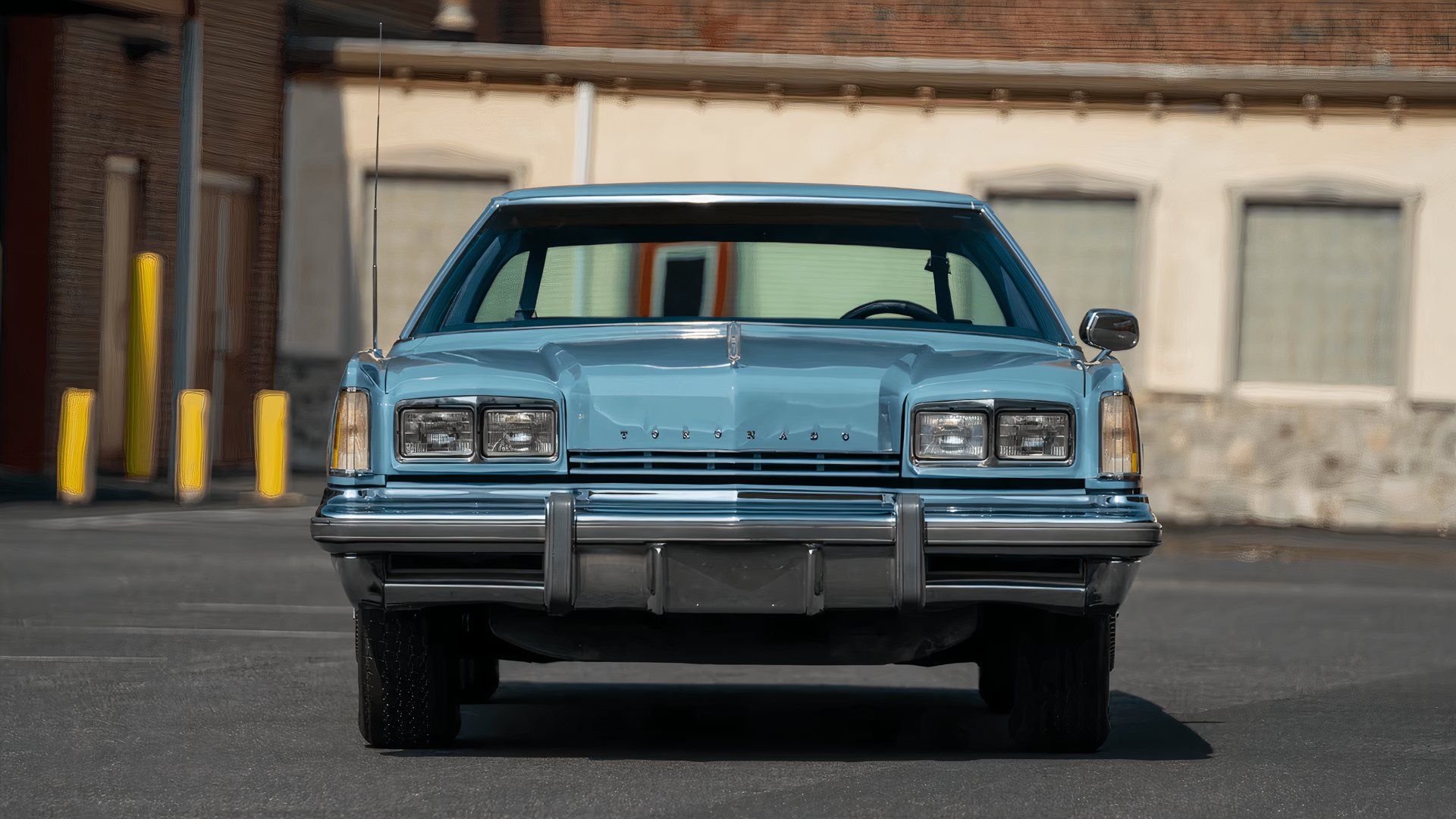
Related
10 Oldsmobiles That Have Skyrocketed In Value
While the brand itself is surely dead and buried, love and appreciation for this once great American brand is clearly stronger than ever.
The inlets were placed where the parking lamps normally poked out of the bumper, facilitating their movement closer to the center of the component. Threading the ducting around the engine bay unsurprisingly had a negative effect on the space available, so Olds elected to move the battery to the trunk.
While affording the engineers enough space to fit all the ducting in, moving the weighty battery to the rear also improved the weight distribution of the car. Being rear-wheel drive, the extra weight on the rear ensured the driven wheels could have more traction from a standing start. The L69 V8 was also enhanced with some high-strength valve springs and an improved radiator, while heavier-duty rear axles and a limited-slip differential were also added.
According to Hemmings, the engine upgrades added around 20 to 30 hp to the V8s peak power, though it was still rated at the standard 360 hp by the factory. The extra power was channeled to the road via a four-speed manual gearbox.
As it was still meant to be a road car, the special 442 W-30 Track Pack featured a tidy interior that came with vinyl floor coverings, proper seat belts, and a dash-mounted tachometer. While only 93 cars ever featured the upgrade package, Mecum reported that just 13 remained on the road as of 2013.
1969 W-30 Convertible Another Ultra-Rare Olds Muscle Car
1966 Olds 442 W-30 Track Pack
|
Engine |
400 ci V8 |
|
Power |
360 hp |
|
Torque |
440 lb-ft |
|
Number Produced |
121 |
(Specs courtesy of Mecum Auctions)
Olds continued to offer the W-30 Track Pack for several years after it first debuted in the 442, the offering transferring to the all-new Cutlass 442 that came along in 1968. Like its older sibling, the 1969 version of the W-30 came with a 400 ci V8, though this time the unit had a single four-barrel carburetor as opposed to the Tri-Power layout.
It also retained the limited-slip differential and an intricate air intake system. Unlike the earlier 442, the system was placed under the bumper rather than inside it. The hoses fed the carburetor to help induce more power, while the standard 442s suspension was upgraded to a sportier setup that allowed it to remain more stable under heavy cornering and from standing starts.
One key difference with the newer W-30 was that it was designed to be an enhanced street car, rather than a pure race car with license plates like the 1966 version. This meant the battery was placed under the engine bay like the base Cutlass. This layout in the ’66 442 W-30 meant a convertible vehicle couldn’t be fitted with the package, as the battery prevented the roof from folding in.
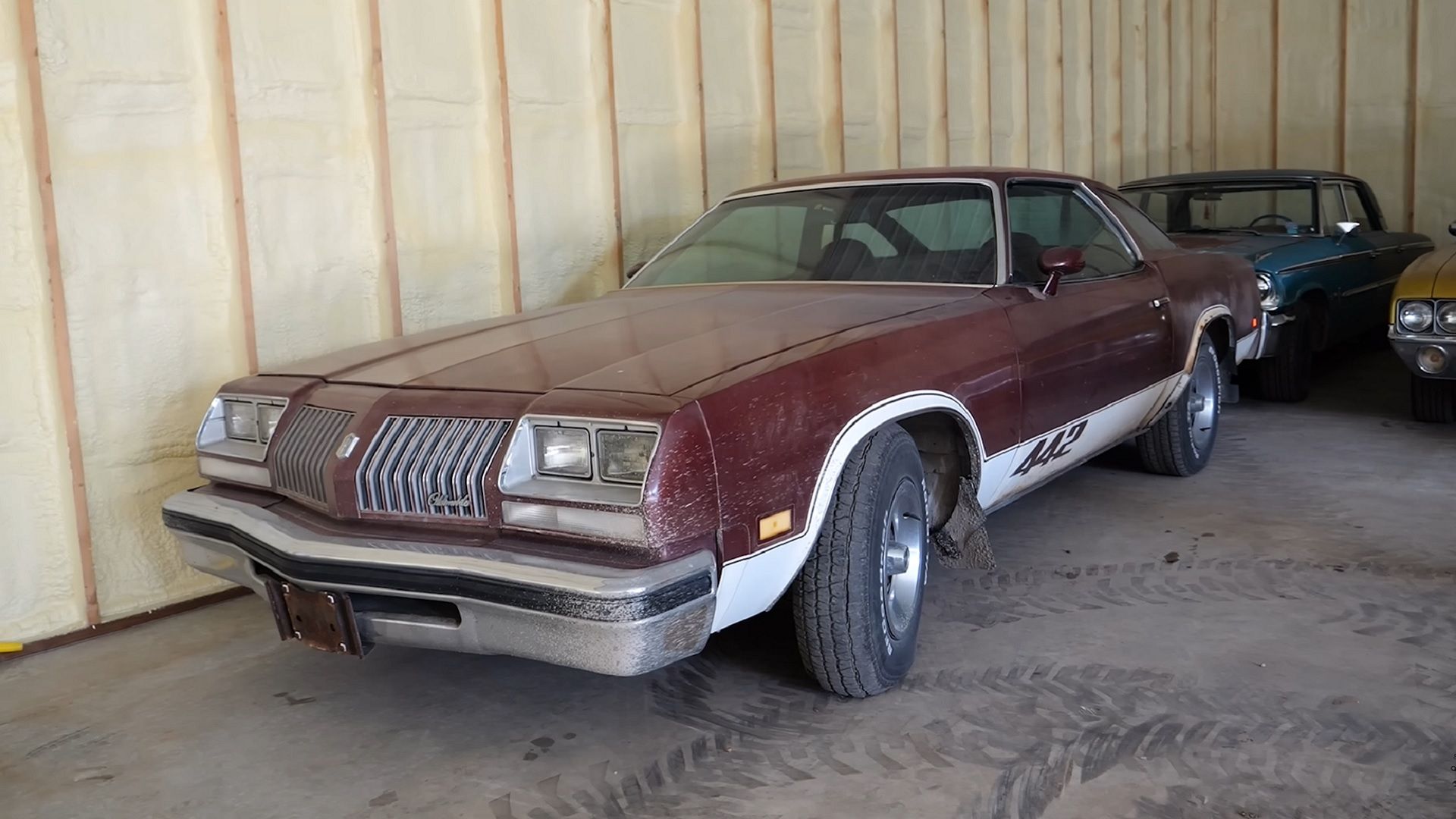
Related
After Sitting For Years, Mechanics Attempt 2,400 Mile Journey In 1976 Oldsmobile 442
A YouTuber challenged himself to bring his father’s Oldsmobile 442 back from the dead, before completing an arduous 2400-mile road trip.
With this obstacle now removed, gearheads could now purchase a leaner, meaner 442 but still feel the wind in their hair. As it turned out, not many drivers were too keen on the idea. Oldsmobile could only shift a total of 121 W-30 Convertible examples in 1969 according to Mecum, easily making it one of the rarest muscle cars the brand ever made.
As it was meant to be more street-friendly than the mental ’66 version, which HotCars reckons should be brought back in some way, the ’69 model could even be described as luxurious on the inside. Comfy and supportive bucket seats headlined the cockpit refinements, while an eight-track radio and wood trim around the dash were also included. Air conditioning was also available as an option, making it a very different beast from the model that started it all.
The extreme rarity of the two models outlined in this piece means tracking one down can be difficult, and even then securing one will require a deep wallet. If any lucky gearheads get their hands on a ’66 W-30, just remember the battery is placed in the trunk before you place a crate of beer back there.
Sources: Mecum Auctions, Hemmings
Credit: Source link
